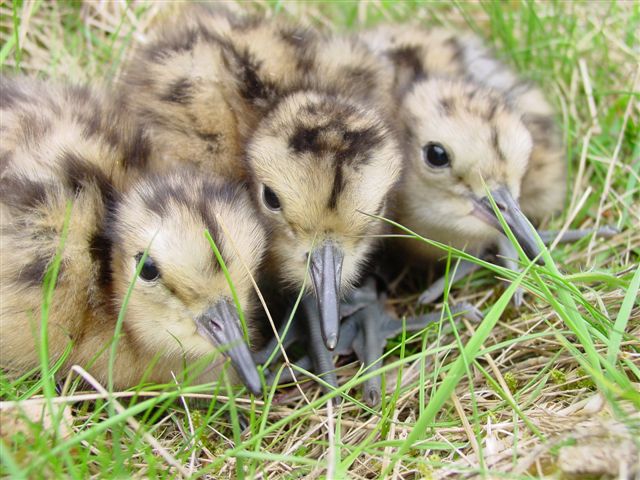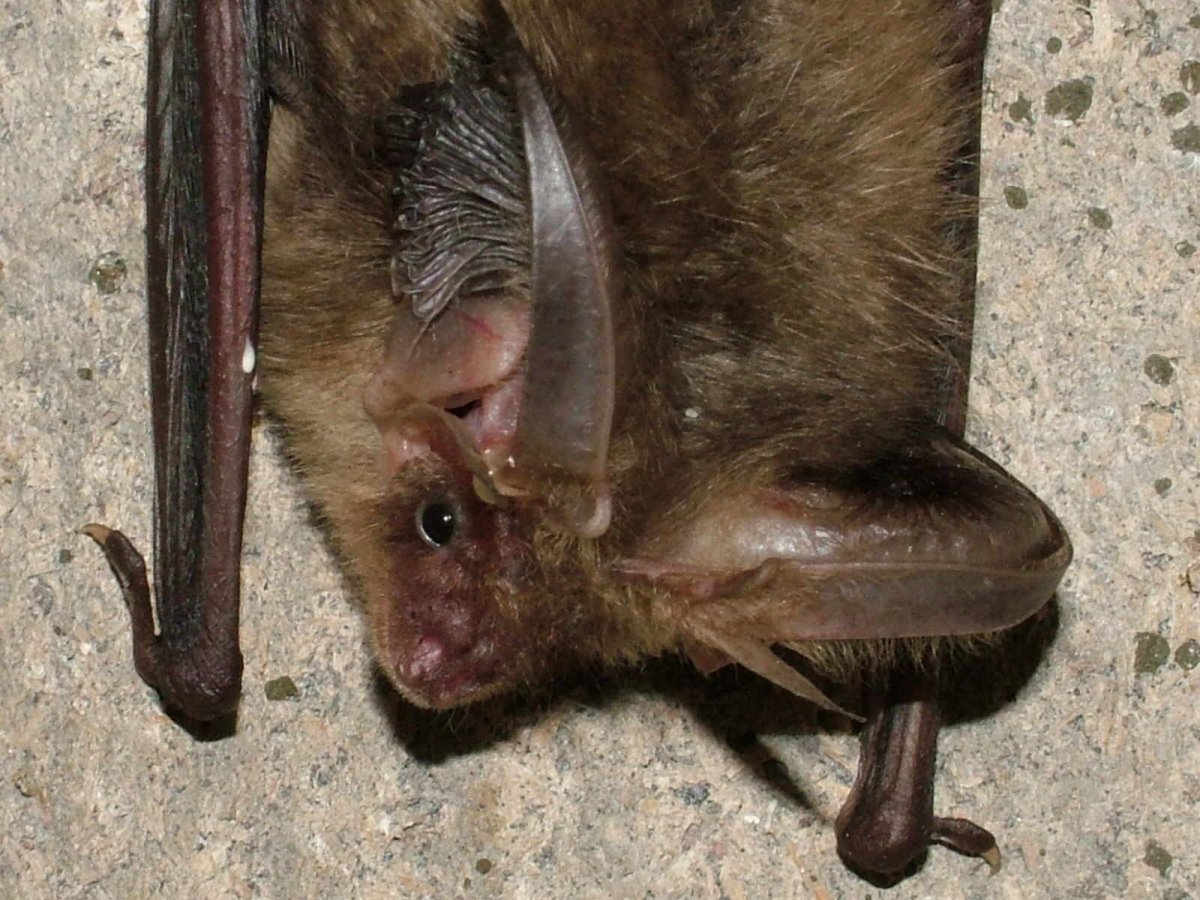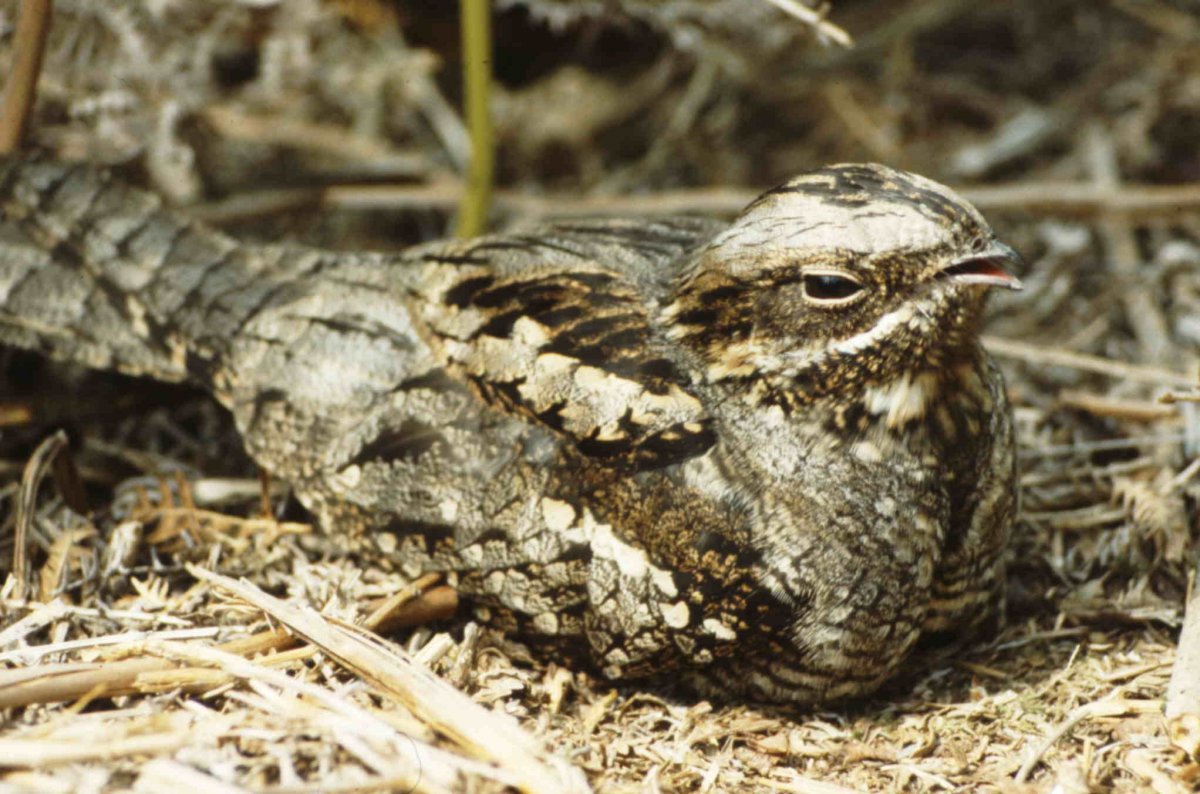BTO publishes peer-reviewed papers in a wide range of scientific journals, both independently and with our partners. If you are unable to access a scientific paper by a BTO author, please contact us.
Search settings
Effects of deer on woodland structure revealed through terrestrial laser scanning
Author: Eichhorn, M.P., Ryding, J., Smith, M.J., Gill, R.M.A., Siriwardena, G.M. & Fuller, R.J.
Published: 2017
Terrestrial laser scanning (TLS) captures the three‐dimensional structure of habitats. Compared to traditional methods of forest mensuration, it allows quantification of structure at increased resolution, and the derivation of novel metrics with which to inform ecological studies and habitat management.Lowland woodlands in the UK have altered in structure over the last century due to increased abundance of deer and a decline in management. We compared whole‐canopy profiles between woodlands with high (>10 deer km−2) and low deer density (c. 1 deer km−2), and in stands with and without records of management interventions in the last 20 years, providing a test case for the application of TLS in habitat assessment for conservation and management.Forty closed‐canopy lowland woodlands (height range 16·5–29·4 m) were surveyed using TLS in two regions of the UK, divided into areas of high‐ and low‐deer abundance, and between plots which had been recently managed or were unmanaged. Three‐dimensional reconstructions of the woodlands were created to document the density of foliage and stem material across the entire vertical span of the canopy.There was a 68% lower density of understorey foliage (0·5–2 m above‐ground) in high‐deer woodlands, consistent in both regions. Despite this, total amounts of foliage detected across the full canopy did not differ between deer density levels. High‐deer sites were 5 m taller overall and differed in the distribution of foliage across their vertical profile. Managed woodlands, in contrast, exhibited relatively minor differences from controls, including a lower quantity of stem material at heights from 2 to 5 m, but no difference in foliage density. All main effects were replicated equally in both regions despite notable differences in stand structures between them.Synthesis and applications. Terrestrial laser scanning allows ecologists to move beyond two‐dimensional measures of vegetation structure and quantify patterns across complex, heterogeneous, three‐dimensional habitats. Our findings suggest that reduction of deer populations is likely to have a strong impact on woodland structures and aid in restoring the complex understorey habitats required by many birds, whereas management interventions as currently practiced have limited and inconsistent effects.
11.04.17
Papers
Continuing influences of introduced hedgehogs Erinaceus europaeus as a predator of wader (Charadrii) eggs four decades after their release on the Outer Hebrides, Scotland
Author: Author(s): Calladine, J., Humphreys, E.M., Gilbert, L., Furness, R.W., Robinson, R.A., Fuller, R.J., Littlewood, N.A., Pakeman, R.J., Ferguson, J. & Thompson, C.
Published: 2017
07.04.17
Papers
A global threats overview for Numeniini populations: synthesising expert knowledge for a group of declining migratory birds
Author: Pearce-Higgins, J.W., Brown, D.J., Douglas, D.J.T., Alves, J.A., Bellio, M., Bocher, P., Buchanan, G.M., Clay, R.P., Conklin, J., Crockford, N., Dann, P., Elts, J., Friis, C., Fuller, R.A., Gill, J.A., Gosbell, K., Johson, J.A., Marquez-Ferrando, R., Masero, J.A., Melville, D.S., Millington, S., Minton, C., Mundkur, T., Nol, E., Pehlak, H., Piersma, T., Robin, F., Rogers, D.I., Ruthrauff, D.R., Senner, N.R., Shah, J.N., Sheldon, R.D., Soloviev, S.A., Tomkovich, P.S. & Verkuil, Y.I.
Published: 2017
Curlew, with their characteristic downward-curved bill and call evoking the wild British countryside, is a unique and much loved species. But these calls may not be echoing across our skies forever, and the problem is in no way confined to our shores. Seven out of the 13 wader species in the Numeniini (curlew and godwit) tribe are Near Threatened, Globally Threatened or Critically Endangered. This tribe’s ground-nesting habits (making them susceptible to predation), and long, perilous migrations across the globe leave them especially vulnerable. Numeniini also tend to favour specialist habitats, making them likely to decline further as these habitats disappear. Collaborative research led by the BTO identifies the main reasons for these declines and suggests conservation measures that could be implemented to halt them.
01.03.17
Papers

Predicting the likely impact of urbanisation on bat populations using citizen science data, a case study for Norfolk, UK
Author: Border, J.A., Newson, S.E., White, D.C.J. & Gillings, S.
Published: 2017
Urbanisation is one of the fastest growing forms of land use globally and one of the largest human impacts on the planet. Urban development is a severe and increasing threat to native biodiversity. However, in Britain, there is also demand for new housing and therefore new homes are being built.
21.02.17
Papers

Migratory pathways, stopover zones and wintering destinations of Western European Nightjars Caprimulgus europaeus
Author: Evens, R., Conway, G. J., Henderson, I. G., Creswell, B., Jiguet, F., Moussy, C., Sénécal, D., Witters, N., Beenaerts, N. & Artois, T.
Published: 2017
New research involving the BTO has revealed important information about the migration routes and wintering grounds of Nightjar, a species of conservation concern in the UK. Up until very recently our knowledge of Nightjar wintering areas in Africa was almost entirely based on visual observations and just two recoveries from all European ringing activities. Our knowledge of migration was slightly better thanks to the moderate number of ringing recoveries, but these only cover within Europe and a few sites in North Africa. New tracking technology is now vastly improving our understanding of Nightjars' movements, with implications for this species' conservation.
15.02.17
Papers
